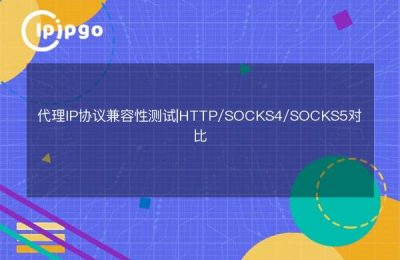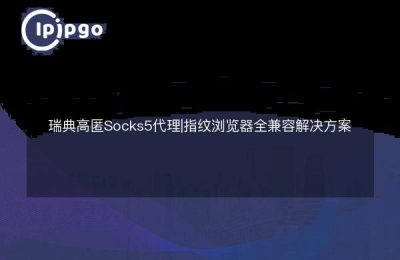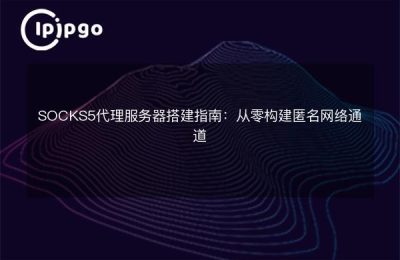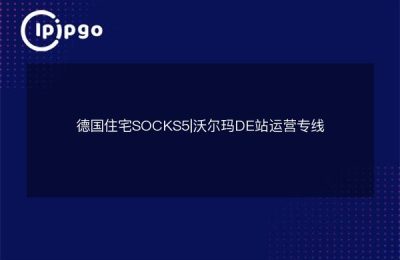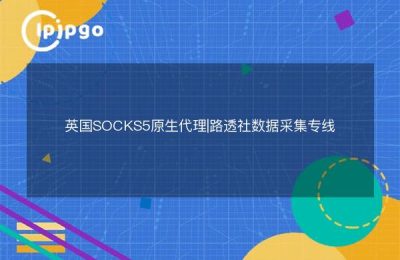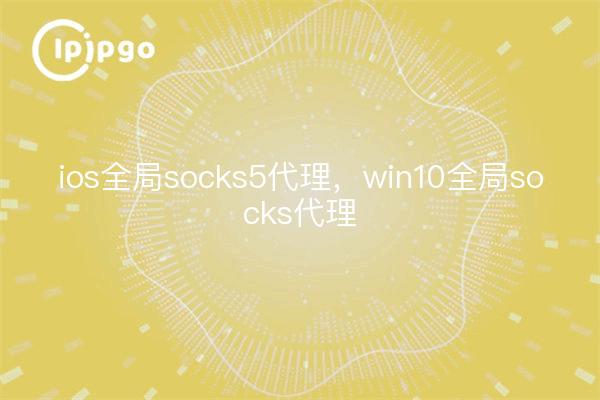
Today I come to talk to you about ionic global socks5 proxy tips. As a programmer who loves programming, I am well aware of the importance of network security and access control, and socks5 proxy is a tool I often use in my daily development. How to realize the function of global socks5 proxy in ionic development? Next I will from the configuration of the environment, install dependencies, the implementation of the proxy and other aspects of a detailed introduction, I hope to help you.
Configuration environment
First we need to make sure that Node.js and npm are installed in the ionic development environment, as well as the tools for ionic and cordova. Next we create a new ionic project and go to the project directory. Install the ionic-native/http plugin by executing the following command on the command line:
ionic cordova plugin add cordova-plugin-advanced-http
npm install @ionic-native/httpInstallation of dependencies
After that, we also need to install a library for using socks5 proxy in javascript in ionic project, here I recommend socks-proxy-agent. install socks-proxy-agent by executing the following command in the command line:
npm install socks-proxy-agent
Implementing Agents
After installing the relevant plugins and libraries, we can start implementing the global socks5 proxy. First, we need to introduce socks-proxy-agent in the entry file of ionic project and configure global http and https proxies. The sample code is as follows:
import { Component } from '@angular/core';
import { StatusBar } from '@ionic-native/status-bar';
import { SplashScreen } from '@ionic-native/splash-screen';
import { Http } from '@ionic-native/http'; import { Agent } from 'socks
import { Agent } from 'socks-proxy-agent';
@Component({
templateUrl: 'app.html'
})
export class MyApp {
constructor(platform: Platform, statusBar: StatusBar, splashScreen: SplashScreen, private http: Http) {
platform.ready().then(() => {
// Configure the http agent
const httpAgent = new Agent({ protocol: 'socks5:', host: 'yourSocks5ServerAddress', port: 1080 });
this.http.setRequestTimeout(20000);
this.http.setDataSerializer('json'); this.http.setRequestTimeout(20000); this.
this.http.setRequestTimeout(5000); this.http.setServiceSerializer('json'); this.
this.http.setProxy(httpAgent); this.http.setProxy(httpAgent);
// Configure the https proxy
const httpsAgent = new Agent({ protocol: 'socks5:', host: 'yourSocks5ServerAddress', port: 1080 });
this.http.setSSLCertMode('nocheck');
this.http.setProxy(httpsAgent); this.http.
splashScreen.hide();
});
}
}
In the above sample code, we set the address and port of the socks5 proxy by creating an Agent instance and then set the global http and https proxies via the this.http.setProxy method. In this way, we have implemented the ability to use the socks5 proxy throughout the ionic application.
summarize
Through the above introduction, we learned how to implement the global socks5 proxy function in ionic development. First we need to install the relevant plug-ins and libraries in the ionic project, and then configure the global http and https proxy in the entry file. I hope that this article will be helpful to you, but also hope that you can pay more attention to network security and access control in the development of the problem, together to create a more secure network environment.

